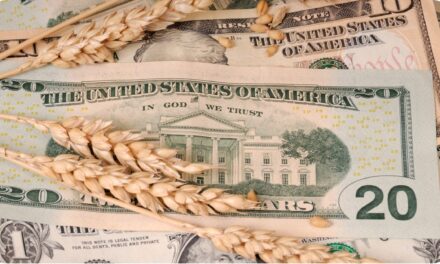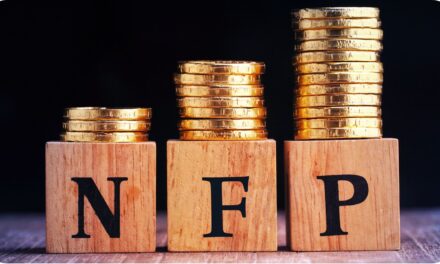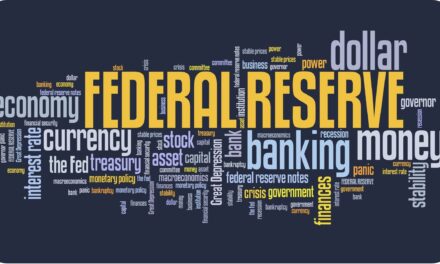US: New variant is just a scare
Newsflow surrounding Omicron will be the key market influence next week. Our base case is that this is more of a scare rather than a prelude to more severe economic restrictions that would derail the growth story. Nonetheless, at least in the near-term, the risks are skewed to the downside for economic activity given the potential for some consumer caution.
The most important data point will be November consumer price inflation. Rising gasoline, housing and second hand car prices will be the big movers, but growing evidence of rising corporate pricing power is also likely to be evident in the form of broad based 0.3%+ month-on-month readings for most components. This is likely to leave annual rates close to 7% for headline inflation with the potential for core inflation to beak above 5%. If this is the case and the scientific evidence on Omicron suggests it is a manageable threat, then the expectations of an acceleration in the Federal Reserve’s QE tapering at the December FOMC meeting will grow.
A hawkish shift from the Federal Reserve and concern over Omicron heightens the focus on Friday’s U.S. inflation data. Fed chief Jerome Powell reckons “transitory” is no longer accurate to describe high inflation and that the Fed could in December debate speeding up its bond buying taper. U.S. consumer prices accelerated 6.2% in October – their biggest annual gain in 31 years – and could stay uncomfortably high into 2022 due to snarled supply chains.
UK: Omicron to overshadow decent UK data for the Bank of England’s December decision
A decent month for UK retail and an ongoing gradual return to offices probably translated into a reasonable GDP growth rate in October. In general, UK data is giving the Bank of England the green light to go ahead with its much-discussed first rate rise. But with Omicron uncertainty unlikely to clear up entirely by the time of the Bank’s December meeting, we suspect policymakers will decide to wait until the new year before doing anything. November’s meeting showed that the committee as a whole is comfortable with waiting for new data, and clarity can be expected before the next meeting. Barring an Omicron disaster, we suspect policymakers will hike rates in February.
For more trading tools, real time data and technical analysis visit us https://lotusacademy.africa/
CHINA
A conservative economic growth target that pushes President Xi Jinping’s ‘common prosperity’ agenda is what most China watchers expect in 2022 and the coming data dump may not surprise them.
Inflation is benign, affording Beijing space to pursue targeted monetary easing, even as other major economies look to tighten. Exports continue to show strength and could be even stronger if Omicron disrupts supply chains and increases global demand for electronics. Focus is also turning to key Communist Party meetings in mid-December that set growth and policy targets that won’t be released until next year. Policy advisers expect the growth target to be modest.
GLOBAL STOCKS
The S&P 500 futures gain 0.55% so far this Monday, reflecting the broader market optimism while the risk-on flows reduce the demand for the US Treasuries, triggering an impressive bounce in the yields across the curve. The Nasdaq has posted some gains during London but surrendered most of it midway through London Trading. Could we see a bounce from here or has the “fad” around buying the dip disappeared??
CURRENCY PAIRS
Meanwhile, EUR/USD is trading under pressure below 1.1300 while GBP/USD is consolidating the bounce above 1.3200, with investors sceptical amid looming Brexit and covid risks.
USD/JPY recaptures 113.00, tracking the renewed upside in the Treasury yields. USD/CAD is heading lower towards 1.2800 amid a roughly 3% upswing in WTI prices. The black gold is battling the $68 mark amid risk recovery.
GOLD
Gold is holding onto Friday’s solid turnaround from four-week troughs of $1,761 amid the mixed sentiment and firmer yields.
Bitcoin is licking its wounds after the weekend’s turmoil. The pioneer cryptocurrency currently trading about 1.50% lower on the day, around $48,750. A CASE OF PROFIT TAKING AND GLOBAL SENTIMENT….??
SOURCES: ING





